News & Updates
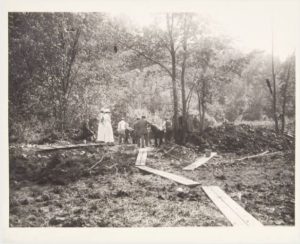
Mastodon Bones Unearthed – Today in History: August 13
On August 13, 1913, workmen unearthed the skeleton of a mastodon, in Farmington, while digging a trench on Alfred A. Pope’s farm and country estate, Hill-Stead.
Read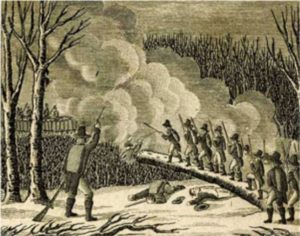
America’s Most Devastating Conflict: King Philip’s War
The ramifications of this bloody conflict echoed across the centuries.
Read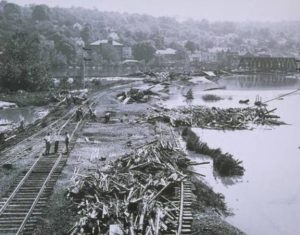
Hurricanes Connie & Diane Deliver Double Hit – Who Knew?
Hurricanes Connie and Diane, which both struck in August 1955, exceeded the combined property damage of the Flood of 1936 and Hurricane of 1938.
Read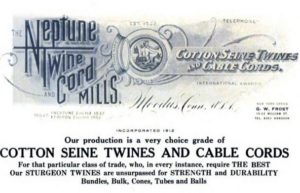
Intertwining Family Businesses
Emory Johnson, a farmer from Chatham, Connecticut, moved to East Haddam and operated one of the area’s most successful businesses of the late 19th century.
Read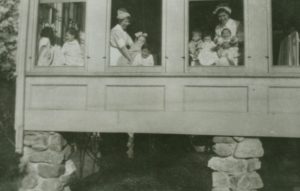
Health Department Fights Unseen Enemies During World War I
How Greenwich faced the menace of two highly contagious and potentially deadly diseases: polio and Spanish Influenza.
Read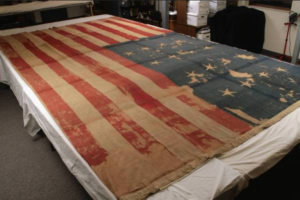
The Stonington Battle Flag
On August 10, 1814, during a lull in the attack by the British on Stonington, citizens nailed a large US flag–a banner of defiance–to a pole above the battery.
Read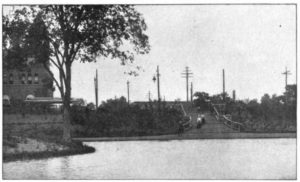
Pope Park – Yesterday and Today
Once the proposed site of Albert Pope’s industrial village, Pope Park has served the recreation needs of the Hartford community for over one hundred years.
Read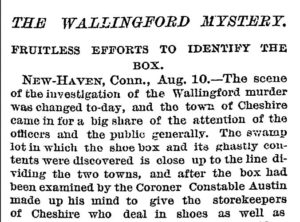
The Shoe Box Murder Mystery
On August 8, 1886, Edward Terrill and his dog uncovered what appeared to be a box of a dozen shoes that had recently fallen from a cart.
Read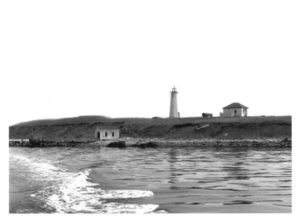
Improving Sea Transportation: Guilford Goes About it the Light Way
Approximately 3 ½ miles off the coast of Guilford lies the Faulkner’s Island Lighthouse.
Read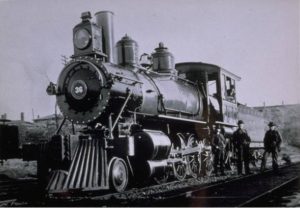
Steam Railroads Transform Connecticut Travel and Commerce
In 1832, the state chartered its first railroad and ushered in a new age of fast, and sometimes dangerous, regional transportation.
Read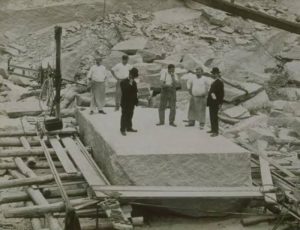
Branford’s History Is Set in Stone
Recognized for its superior quality, the polished rock that came out of Branford traveled by schooner or rail to points as far as Chicago and New Orleans.
Read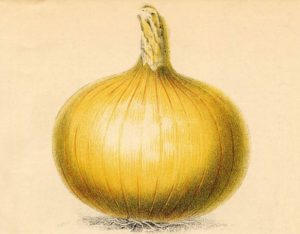
The Many Layers to Onion Farming in Westport
Westport’s fertile soil and ease of access by boat and rail once made it home to a thriving onion farming industry.
Read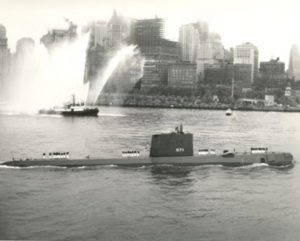
USS Nautilus Passes Under North Pole – Today in History: August 3
On August 3, 1958, the USS Nautilus (SSN-571) made history by becoming the first ship to pass underneath the North Pole.
Read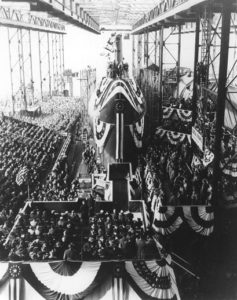
Launching of the USS Nautilus 1954
The building of the Nautilus helped Groton sustain its title of “Submarine Building Capital of the World.”
Read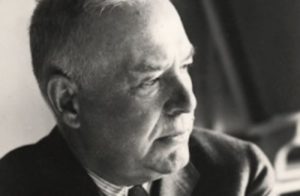
Poet Wallace Stevens Dies – Today in History: August 2
On August 2, 1955, the great American poet Wallace Stevens died at St. Francis Hospital in Hartford.
Read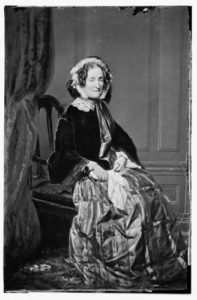
Miss Huntley’s School Opens – Today in History: August 1
On August 1, 1814, a young teacher named Lydia Huntley opened a school for young women in Hartford.
Read
Connecticut’s “Woodstock” Canceled – Today in History: July 30
On July 30, 1970, Louis Zemel had to tell a crowd of thousands that the scheduled three-day rock festival they had come for in Middlefield was canceled.
Read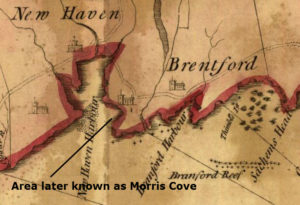
East Haven’s Revolutionary Salt Works
East Haven’s Amos Morris helped supply Americans with salt (essential for preserving food) during critical shortages brought on by the American Revolution.
Read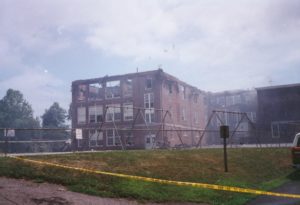
Fire Ravages Cos Cob School – Today in History: July 29
At 1:59 a.m. on July 29, 1990, a smoke detector signal alerted the central Greenwich fire station of a fire at the Cos Cob School.
Read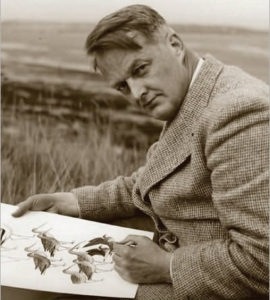
Roger Tory Peterson Dies – Today in History: July 28
On July 28, 1996, ornithologist and artist Roger Tory Peterson died in Old Lyme.
Read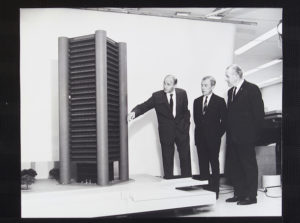
Richard Lee’s Urban Renewal in New Haven
Thanks largely to his efforts at Urban Renewal, New Haven’s Richard C. Lee became one of the most celebrated and well-known mayors of the 20th century.
Read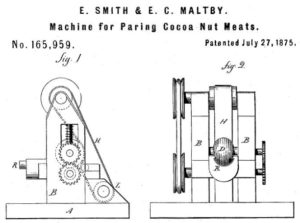
North Branford Vied for the Title of “Shredded Coconut Capital of the World” – Who Knew?
Patents granted to North Branford residents included one for a device used for paring coconut meats in 1875.
Read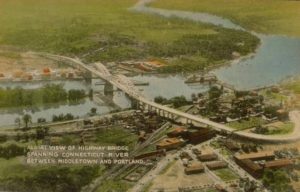
An American Heritage River – Today in History: July 27
On July 27, 1998, Vice President Al Gore designated the Connecticut River one of 14 American Heritage Rivers.
Read
Hope for the West: The Life and Mission of Lyman Beecher
Lyman Beecher was one of the most influential Protestant preachers of the 19th century, as well as father to some of the nation’s greatest preachers, writers, and social activists.
Read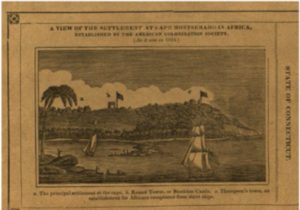
Liberian Independence Day
The Colonization Society of Connecticut was part of a national movement that arose before the Civil War to promote emigration of free Black people to Africa.
Read
Sanitary Fair – Today in History: July 25
On July 25, 1864, the Stamford Ladies Soldiers’ Aid Society held a Sanitary Fair in response to the needs of Civil War soldiers
Read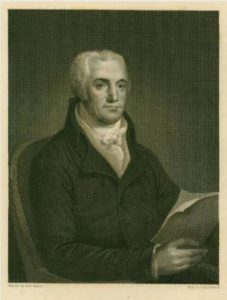
The Hartford Wits
Eventually taking the name the “Hartford Wits,” influential figures of the 18th century got together to write poetry that documented the state of the times.
Read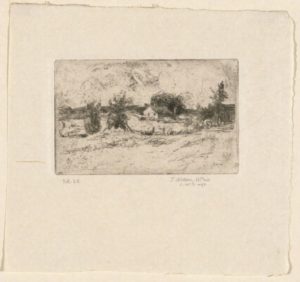
Weir Farm the Result of a Trade – Who Knew?
Weir Farm, located in Ridgefield and Wilton, Connecticut, resulted from the trade of a painting and ten dollars.
Read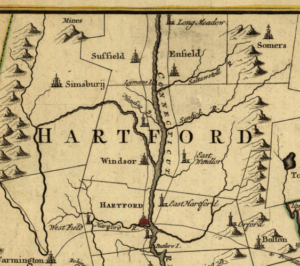
Levi Pease, Stage Route and Transportation Innovator
Somers, Connecticut, a small town near the state’s border with Massachusetts, was the site of a revolution in 18th-century transportation.
Read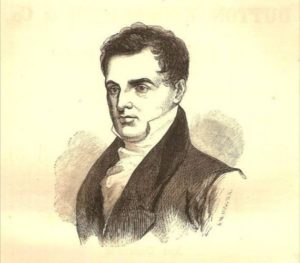
Medical Pioneer Eli Todd born – Today in History: July 22
On July 22, 1769, Eli Todd was born in New Haven and in 1824 became the first director of the Connecticut Retreat for the Insane in Hartford.
Read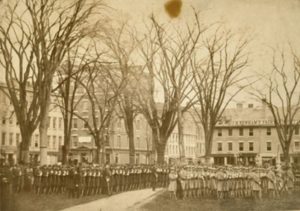
The First Battle of Bull Run: Connecticut Troops Stand Firm When the Battle Turns Against Them
Connecticut troops earned admiration for staying to fight when others fled at the First Battle of Bull Run during the American Civil War.
Read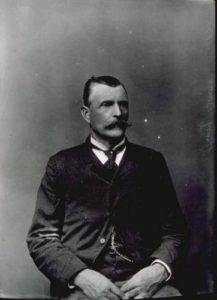
Cleopatra’s Needle and Groton’s Captain Davis – Who Knew?
Cleopatra’s Needle, the Egyptian obelisk erected in Central Park across from the Metropolitan Museum of Art, arrived safely from Egypt due to the ingenuity of Noank’s Henry E. Davis.
Read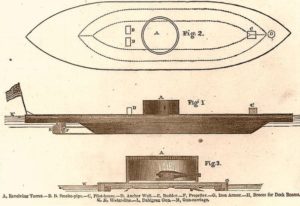
Cornelius Bushnell and His Ironclad Ship
Cornelius Scranton Bushnell was a 19th-century Connecticut businessman and shipbuilder whose successfully lobbied on behalf of a local railroad enterprise.
Read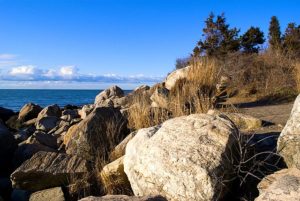
Hammonasset State Park Serves the State and its Residents
Located in Madison, Hammonasset State Park provides visitors with opportunities for swimming, sunbathing, or strolling along the park’s meandering boardwalk.
Read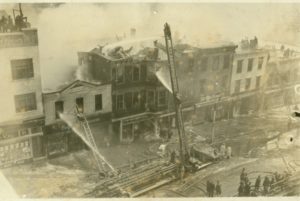
The Greenwich Avenue Fires of 1908 and 1936 Sparked Upgrades to Town’s Emergency Services
From the ashes emerged new approaches to coordinating the town’s fire fighting resources.
Read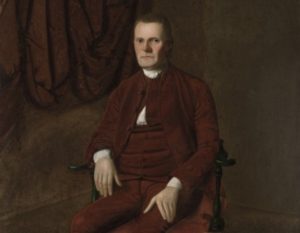
The Connecticut Compromise – Today in History: July 16
On July 16, 1787, a plan proposed by Roger Sherman and Oliver Ellsworth, Connecticut’s delegates to the Constitutional Convention, established a two-house legislature.
Read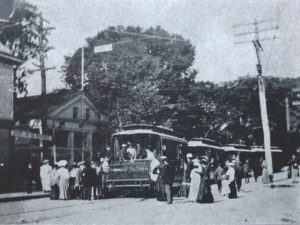
Trolley Campaigners Storm Small Towns and Votes for Women is the Battle Cry
In the wake of a 1912 trolley campaign, the woman’s suffrage movement rapidly gained ground across Connecticut.
Read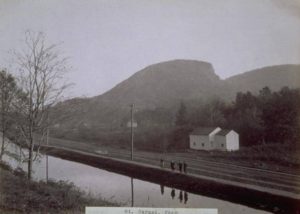
New England’s Grand Ambition: The Farmington Canal
Connecticut took leading role in waterway that transformed the region’s commerce.
Read
A Revolution On Two Wheels: Columbia Bicycles
Albert Pope’s company not only played a prominent role in developing improved bicycle designs, it also developed the market for them.
Read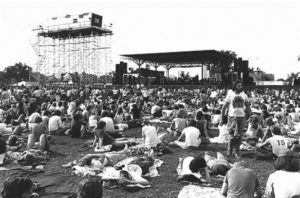
Colt Park and the Magical Summer of 1976
In the summer of 1976, Colt Park offered rock and roll fans an escape from troubled times through a series of concerts by some legendary acts.
Read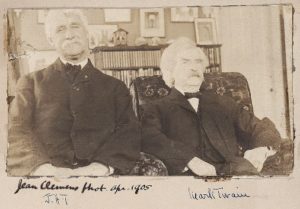
Joseph Hopkins Twichell: Asylum Hill’s Religious Leader and Mark Twain’s Closest Friend
Inspired by his friendship with Mark Twain, Joseph Twichell took up such causes as labor rights, immigration, education, and interfaith advocacy.
Read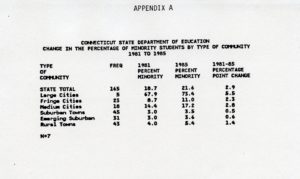
Sheff v. O’Neill – Today in History: July 9
On July 9, 1996, the Connecticut Supreme Court ruled that the state had an affirmative obligation to provide Connecticut’s school children with a substantially equal educational opportunity.
Read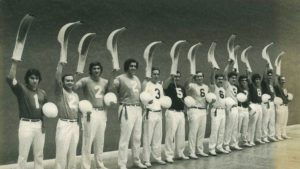
“The Basque Game in Town”: The Heyday of Jai Alai in Connecticut
Organized jai alai came to Connecticut in the 1970s, but charges of corruption soon brought the sport to an end in the Nutmeg State.
Read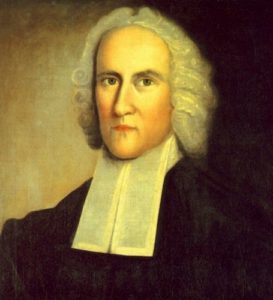
Jonathan Edwards’ Famous Sermon – Today in History: July 8
On July 8, 1741, theologian Jonathan Edwards spoke the words of the sermon “Sinners in the Hands of an Angry God” at a Congregational church in Enfield.
Read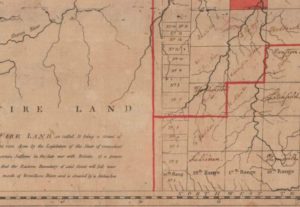
New Connecticut on Lake Erie: Connecticut’s Western Reserve
If you drive through the area of Ohio still called the Western Reserve today, you will find towns named Norwich, Saybrook, New London, Litchfield, Mansfield, and Plymouth.
Read
The Origins and Enduring Legacy of New Haven’s Long Wharf Theatre
As a smaller, quieter alternative to Broadway, New Haven’s Long Wharf Theatre overcame an unconventional location to become a smash success.
Read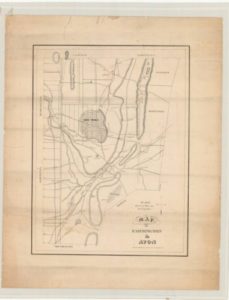
Farmington Canal’s Ground-Breaking – Today in History: July 4
On July 4, 1825, the ground-breaking ceremonies for the Farmington Canal took place at Salmon Brook village in Granby.
Read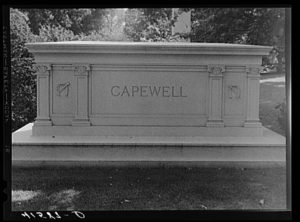
Horseshoe Nail Capital of the World – Who Knew?
In the late 19th century, George Capewell formed the Capewell Horse Nail Company, which mass produced horseshoe nails.
Read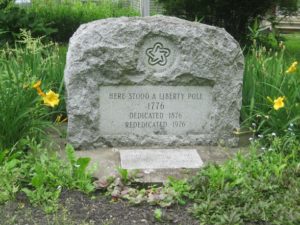
Hidden Nearby: Goshen’s Liberty Pole
A marker on East Street North in nearby Goshen, Connecticut, allows us a window on to past celebrations of American freedoms and liberties.
Read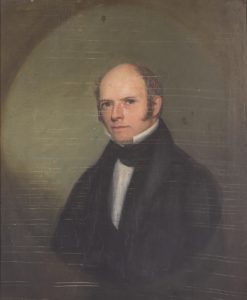
An Eccentric Middletown Polymath and Fossil Collector: Dr. Joseph Barratt
Despite his struggles with mental illness, Joseph Barratt was a significant contributor to the study of natural history in the Connecticut Valley.
ReadMore Articles



